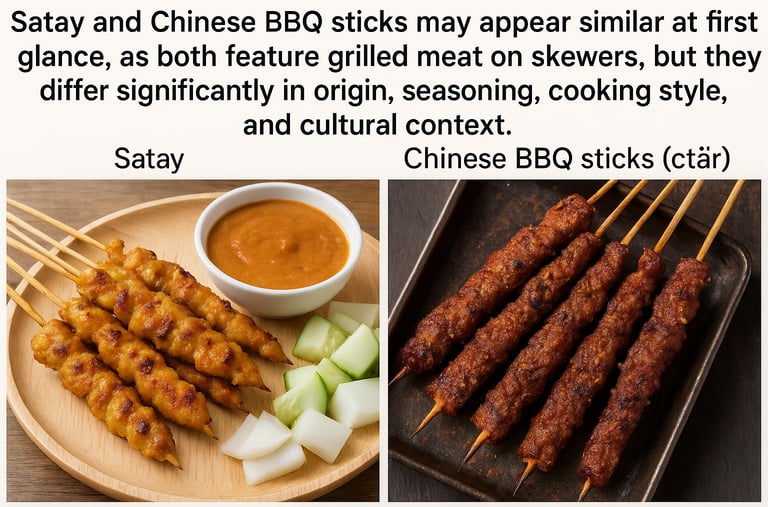Welcome to Malaysia


There are alots of beaches in Malaysia, this is one of them. Be frankly, I dont like to go to beaches.
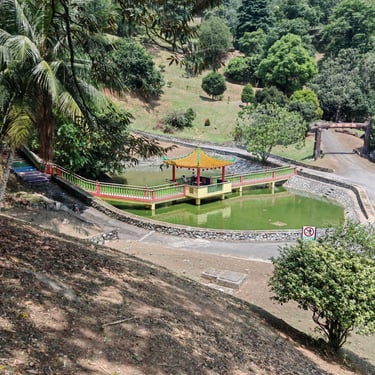
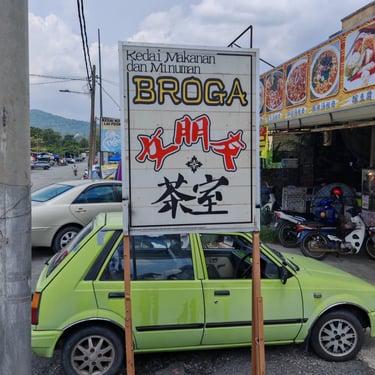
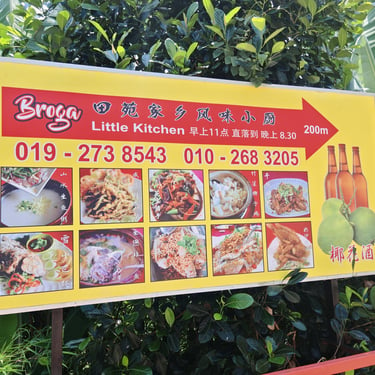
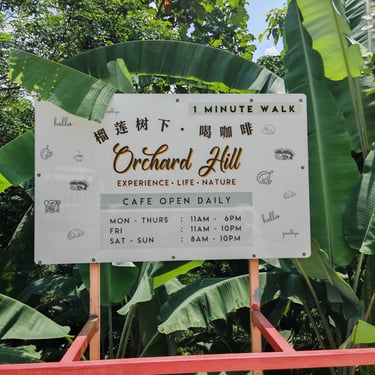

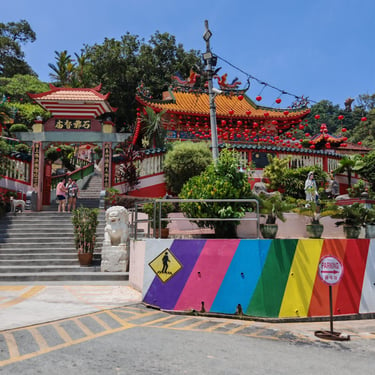
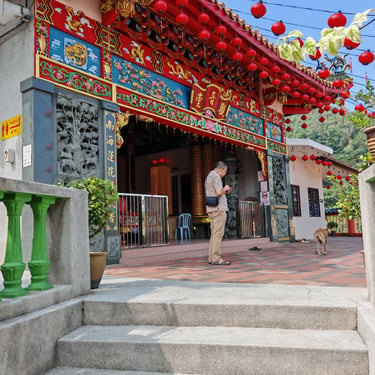
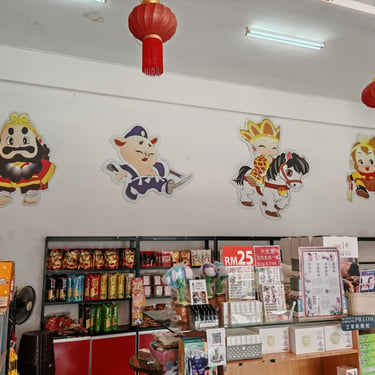

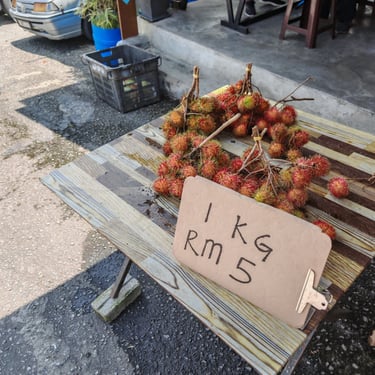
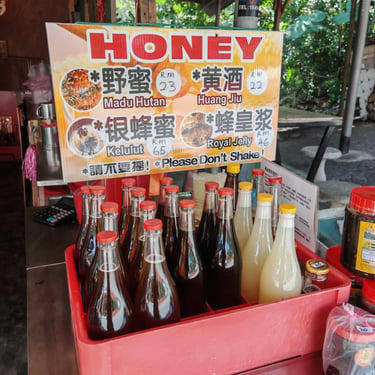
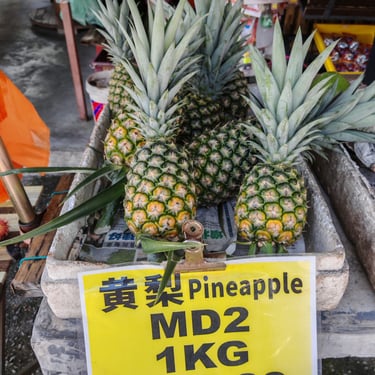
Bringing you the joy of Broga
Starts from--- USD 75 (4 Pax)
Broga is a town situated on the border between the states of Selangor and Negeri Sembilan in Malaysia. Specifically, it straddles the mukim (sub-district) of Semenyih in Hulu Langat District (Selangor) and the mukim of Lenggeng in Seremban District (Negeri Sembilan). The town is known for its unique location and its popular hiking destination, Broga Hill.
Sak Dato Temple


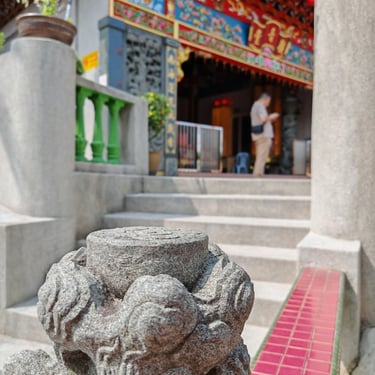
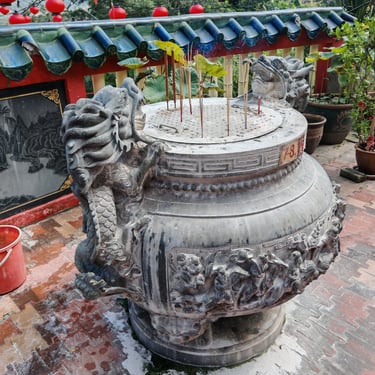
140 Years Old Broga Sak Dato Temple
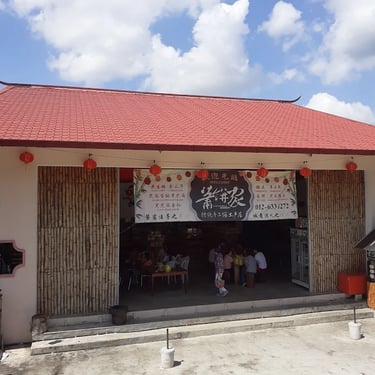
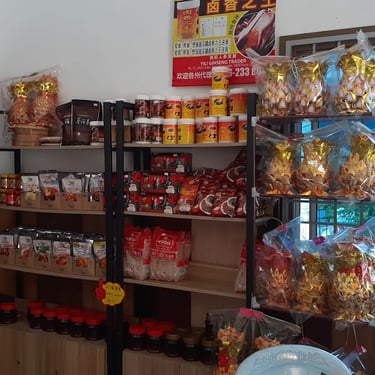

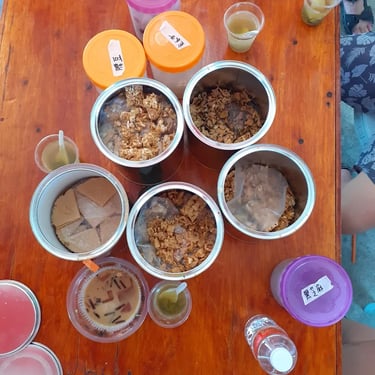
Souvenir shop
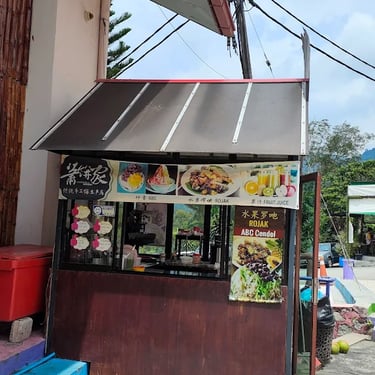
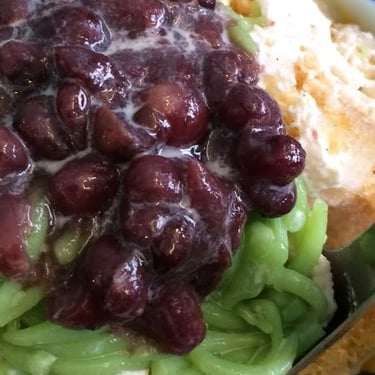
ABC can be found in this souvenir shop too
In Malay, Air Batu literally means “ice,” and Campur means “mixed.”
So, ABC translates to “Mixed Ice” or “Mixed Ice Dessert.”
It usually consists of shaved ice topped with colorful ingredients such as red beans, sweet corn, grass jelly, cendol, palm seeds (attap chee), and drizzled with sweet syrup, evaporated milk, or even gula melaka (palm sugar syrup).
ABC (Air Batu Campur) is a very popular Malaysian dessert.
榴莲树下 · Orchard Hill Cafe

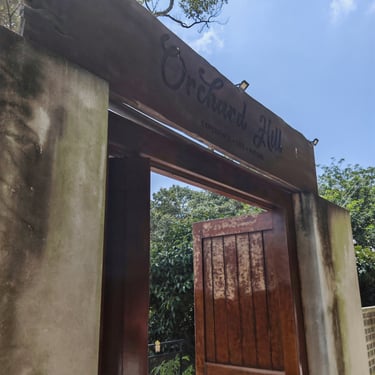


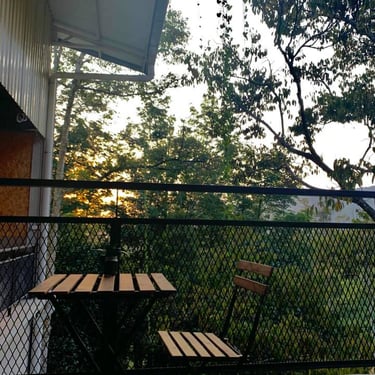




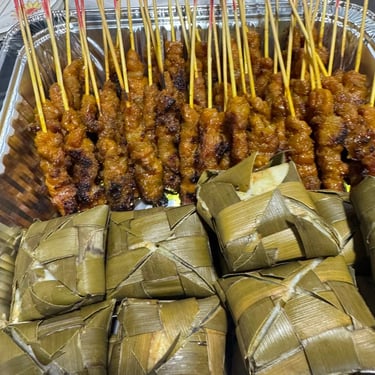
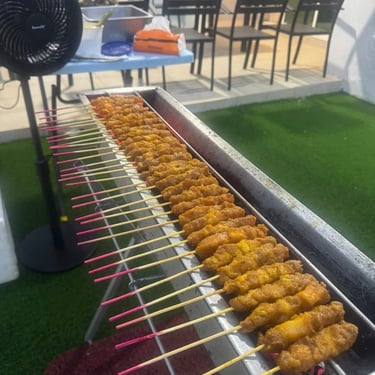
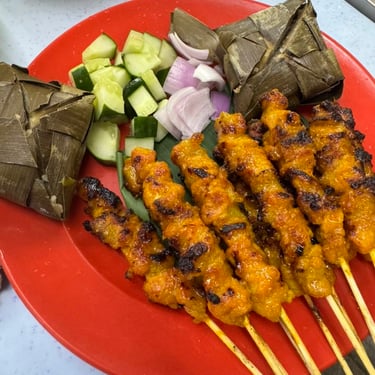
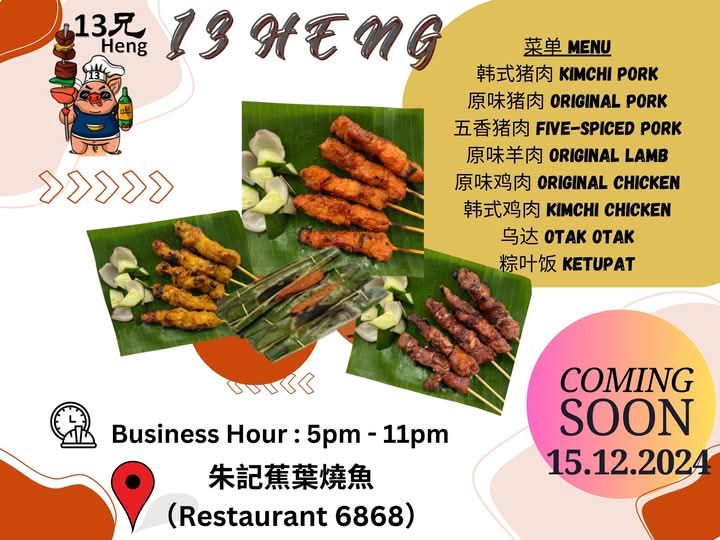

Kajang Pork Satay
Kajang Satay RM 2 each (approx.)
Satay and Chinese BBQ sticks may appear similar at first glance, as both feature grilled meat on skewers, but they differ significantly in origin, seasoning, cooking style, and cultural context. Satay originates from Indonesia and is popular across Malaysia, Singapore, and Thailand, often using chicken, beef, lamb, goat, or seafood. The meat is marinated in a turmeric-based mixture with ingredients like lemongrass, coriander, cumin, galangal, and coconut milk, then grilled over charcoal and served with a rich, sweet, and nutty peanut sauce, accompanied by cucumber, onions, and sometimes rice cakes (ketupat).
In contrast, Chinese BBQ sticks, also known as chuan’r (串儿), have roots in Xinjiang and northern China, and typically feature lamb or mutton, though beef, chicken, seafood, and vegetables are also common. The meat is seasoned with a bold dry rub of cumin, chili powder, salt, Sichuan peppercorns, and sesame seeds, brushed with seasoned oil while grilling, and rarely served with dipping sauce, as the flavor comes from the spice blend itself.
While satay offers an aromatic, mildly sweet Southeast Asian flavor profile, Chinese BBQ sticks deliver a smoky, spicy, and cumin-rich taste, making each a unique reflection of their respective culinary traditions.
In short:
Satay is marinated, served with peanut sauce, and has a sweet-savory Southeast Asian profile.
Chinese BBQ sticks are dry-rub seasoned, often without sauce, and have a spicy-cumin northern Chinese profile.
